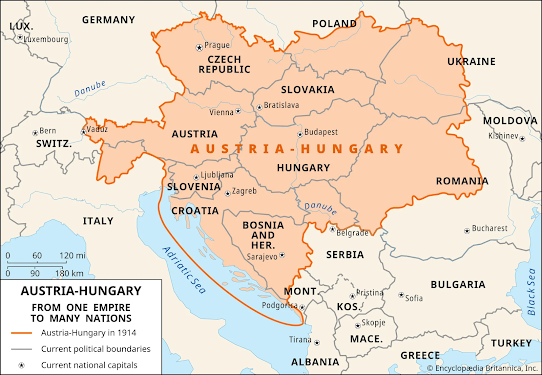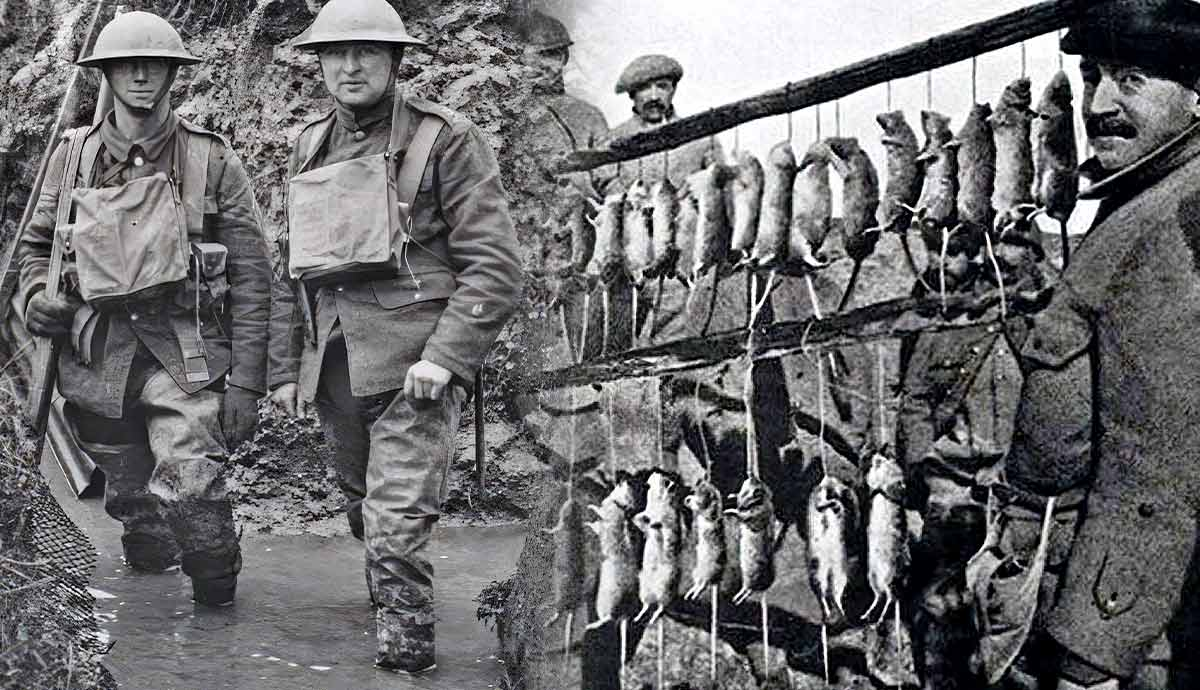
Introduction
World War 1, or the Great War, was one of the most fatal wars in history. It took place between 1914 and 1918 and included European, Asian, and eventually American nations. The war changed the world by bringing down empires, creating new nations, and preparing the foundation for other conflicts to follow.
This article gives a concise, step-by-step overview of World War I—from causes and significant battles to harrowing outcomes.

The Causes of World War I
World War I did not begin overnight. It was the result of decades of tension between European powers. Several key factors contributed to the outbreak of war:

1. Militarism
In the early 1900s, European nations engaged in an arms race, building massive armies and navies. Germany, in particular, expanded its military, alarming Britain and France. This military buildup created an atmosphere of suspicion and readiness for war.

2. Alliances
To secure themselves, nations established clandestine alliances:
Triple Entente (Allies): France, Russia, and Britain.
The Triple Alliance (Central Powers): Germany, Austria-Hungary, and Italy (later replaced by the Ottoman Empire).
These alliances meant that if one country were attacked, their allies would enter the war—resulting in what was once a small war becoming a world war.

3. Imperialism
European powers competed for colonies in Africa and Asia, leading to rivalries. Germany wanted a larger empire, which threatened Britain and France.

4. Nationalism
National pride was strong, and ethnic groups (like the Slavs in Austria-Hungary) wanted independence. At the same time, countries like Germany sought to dominate Europe.

5. The Spark: Assassination of Archduke Franz Ferdinand
On June 28, 1914, Serbian nationalist Gavrilo Princip killed Archduke Franz Ferdinand, heir to the Austro-Hungarian throne, at Sarajevo. Austria-Hungary blamed Serbia and declared war on July 28, 1914.
Due to the alliances, Russia defended Serbia, Germany defended Austria-Hungary, and France and Britain allied against Germany. In a matter of weeks, Europe was at war.
The War Begins (1914)

Germany’s Plan: The Schlieffen Plan
Germany wanted to avoid fighting on two fronts (France in the west, Russia in the east). Their strategy, the Schlieffen Plan, involved:
Quickly defeating France by invading through Belgium.
Then sending troops east to fight Russia.
However, the plan failed when:
Belgium resisted, slowing Germany’s advance.
Britain joined the war to defend Belgium.
Russia mobilized faster than expected, forcing Germany to split its forces.

The First Battle of the Marne (September 1914)
The German advance was stopped near Paris by French and British forces. Both sides dug trenches, leading to a long, brutal stalemate on the Western Front.
The War Expands (1915–1916)

Trench Warfare
Soldiers lived in muddy, rat-infested trenches, facing constant danger from machine guns, artillery, and poison gas. Battles like Verdun (1916) and the Somme (1916) saw millions of casualties with little territorial gain.

Gallipoli Campaign (1915)
The Allies (Britain, Australia, New Zealand) tried to invade the Ottoman Empire to open a supply route to Russia. The campaign failed after heavy losses.

The Eastern Front
Germany and Austria-Hungary fought Russia. Despite early Russian victories, poor leadership and supply shortages led to massive Russian casualties. By 1917, Russia was in chaos, leading to the Russian Revolution and its exit from the war.
The Turning Point (1917–1918)
The United States Enters the War (1917)
Two key events brought America into the war:
Unrestricted Submarine Warfare: German U-boats sank American ships.
The Zimmermann Telegram: Germany secretly asked Mexico to attack the U.S.
The U.S. declared war on April 6, 1917, providing fresh troops and supplies to the Allies.
Germany’s Last Offensive (Spring 1918)
Germany launched a massive attack, hoping to win before U.S. forces arrived in full strength. Initially successful, they were eventually pushed back by Allied counterattacks.

The End of the War (1918)
By late 1918, Germany was exhausted:
Its allies (Austria-Hungary, Ottoman Empire) surrendered.
Revolution broke out in Germany, forcing the Kaiser to abdicate.
On November 11, 1918, Germany signed the Armistice, ending the fighting.

Aftermath: The Treaty of Versailles (1919)
The Allies imposed harsh terms on Germany:
War Guilt Clause: Germany had to accept full blame.
Massive Reparations: Paying $33 billion in damages.
Military Restrictions: Army reduced, no air force.
Lost Territories: Alsace-Lorraine to France, lands to Poland.
These terms humiliated Germany, leading to resentment and setting the stage for World War II.
The Human and Economic Cost
Deaths: Over 16 million (soldiers and civilians).
Injured: 20 million+.
Economic Ruin: Europe was devastated, leading to poverty and political instability.
Legacy of World War I
Fall of Empires: German, Austro-Hungarian, Ottoman, and Russian empires collapsed.
New Nations: Poland, Czechoslovakia, Yugoslavia were created.
League of Nations: Formed to prevent future wars (but failed).
Technological Advances: Tanks, planes, and chemical weapons changed warfare forever.
Conclusion
World War I was a tragic, transformative event that reshaped the world. Its causes, battles, and consequences show how nationalism, alliances, and militarism can lead to disaster. The war’s aftermath sowed the seeds for even greater conflicts, reminding us of the importance of peace and diplomacy.






0 Comments